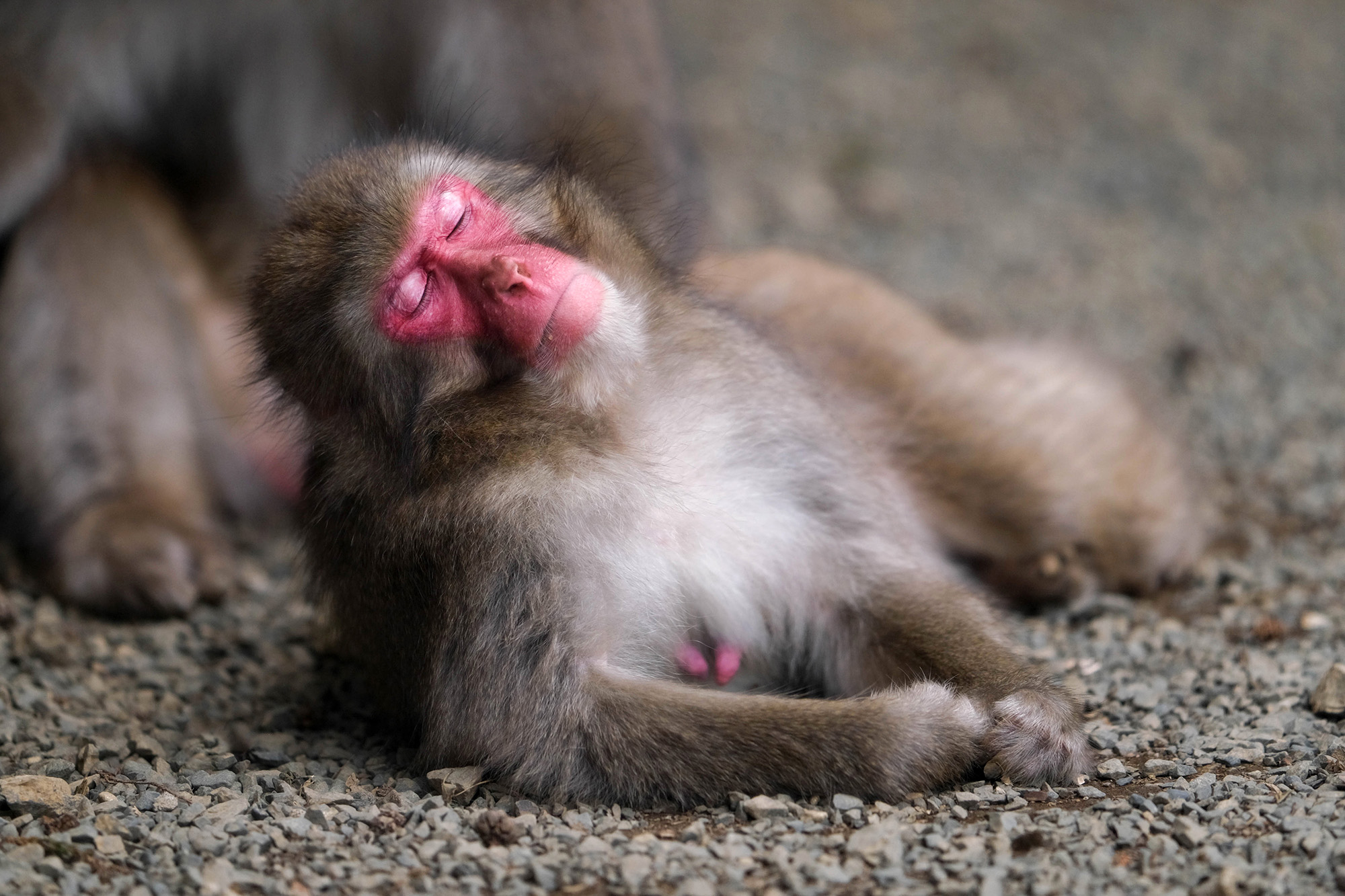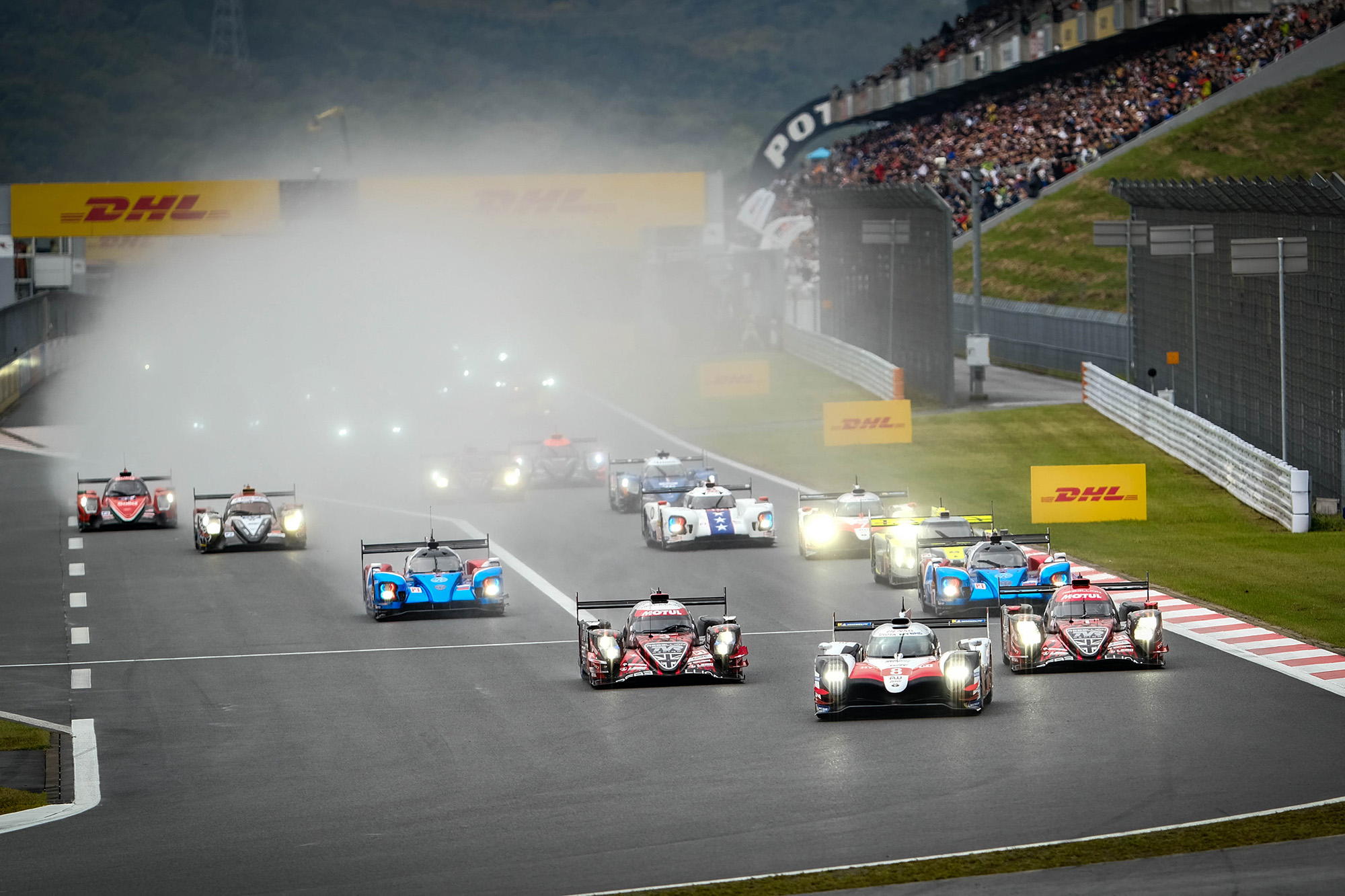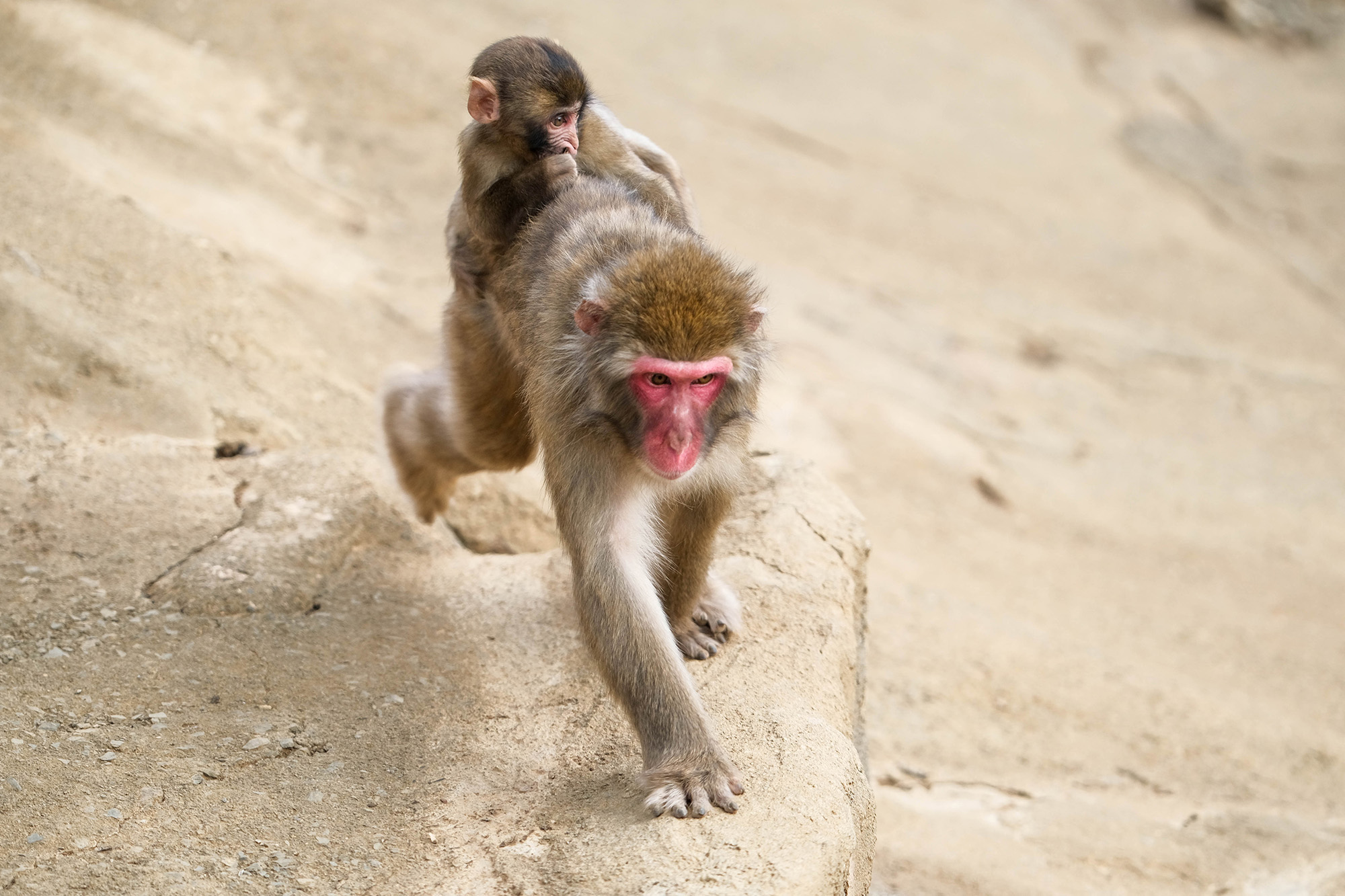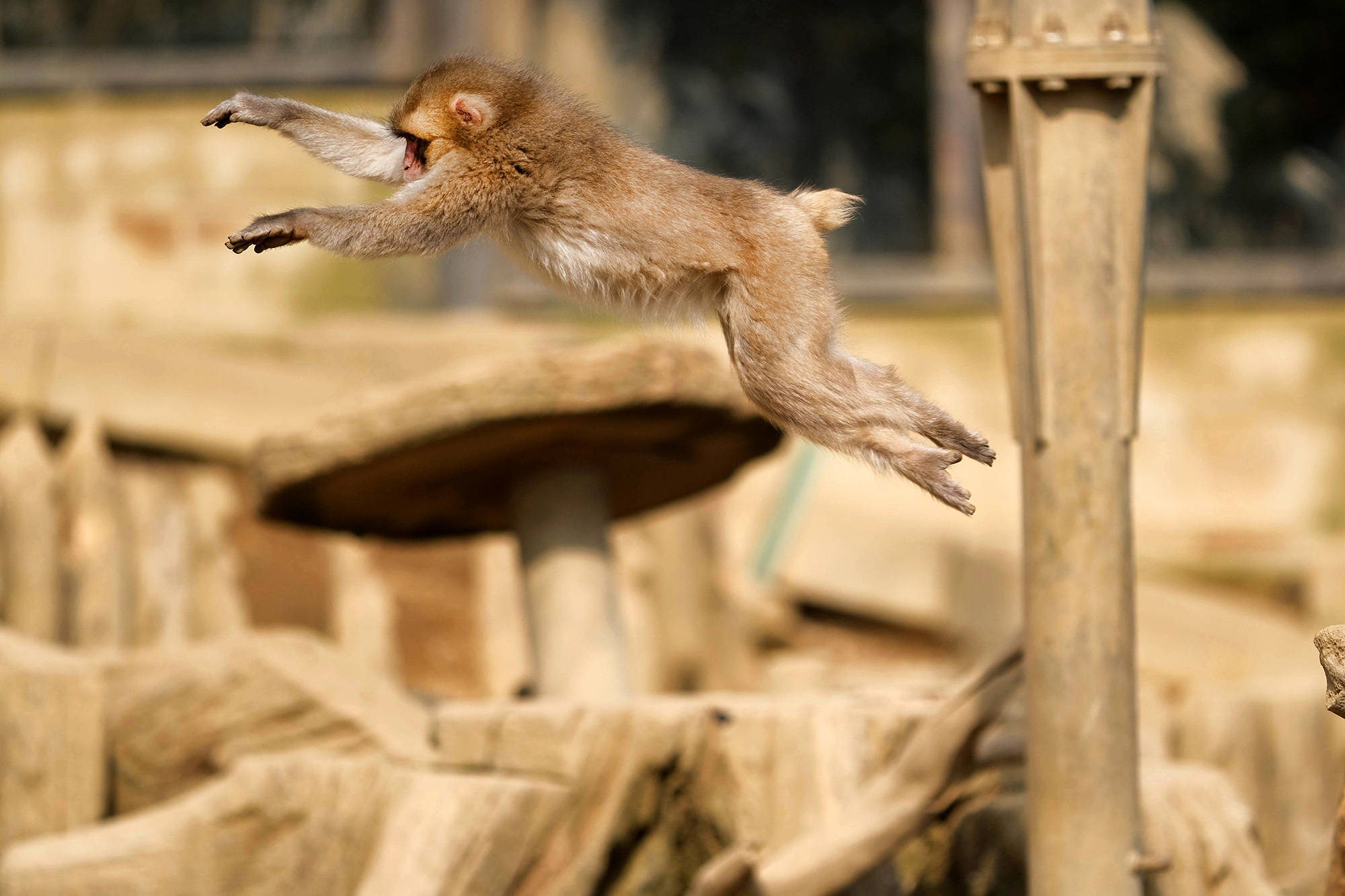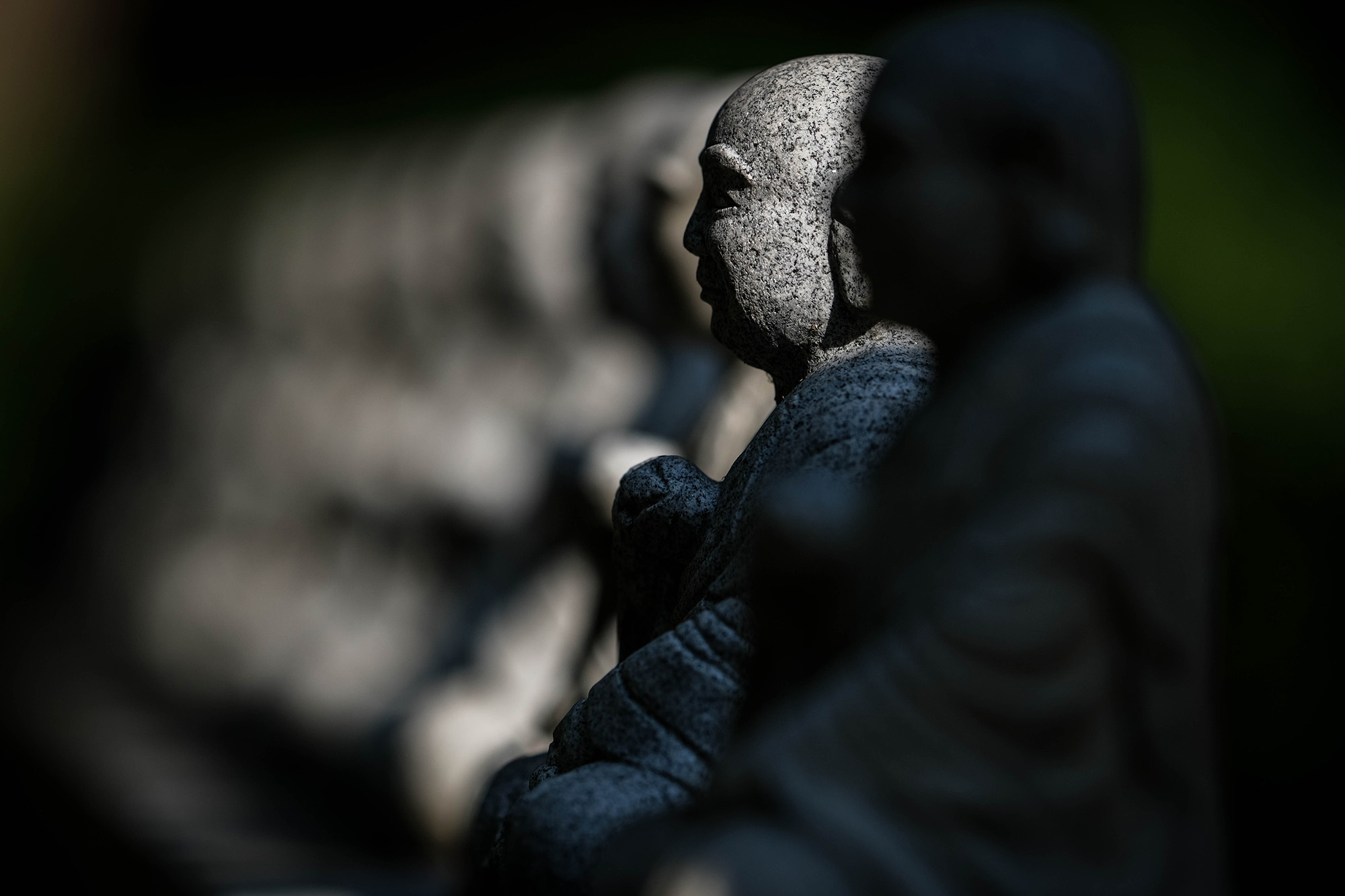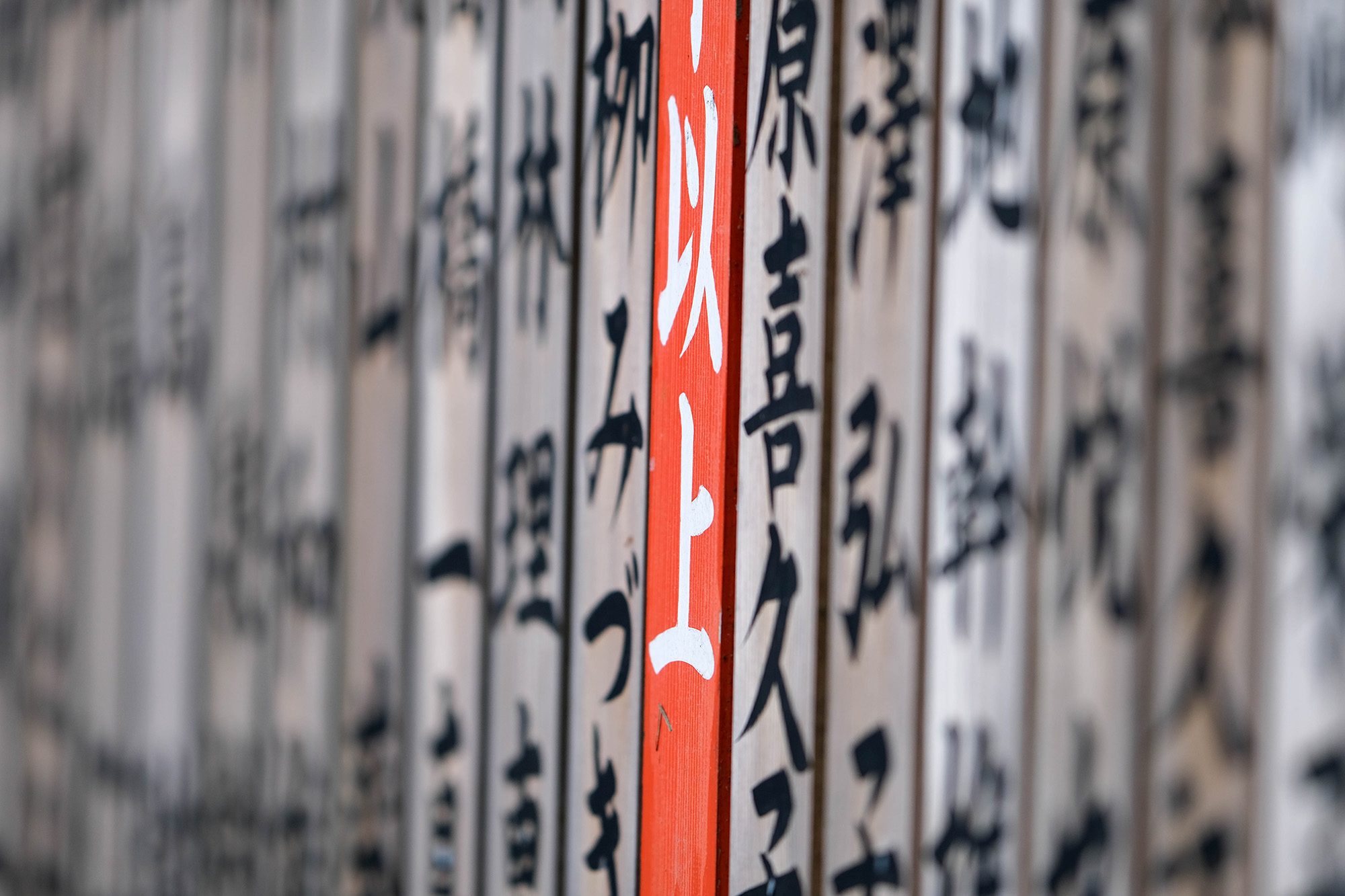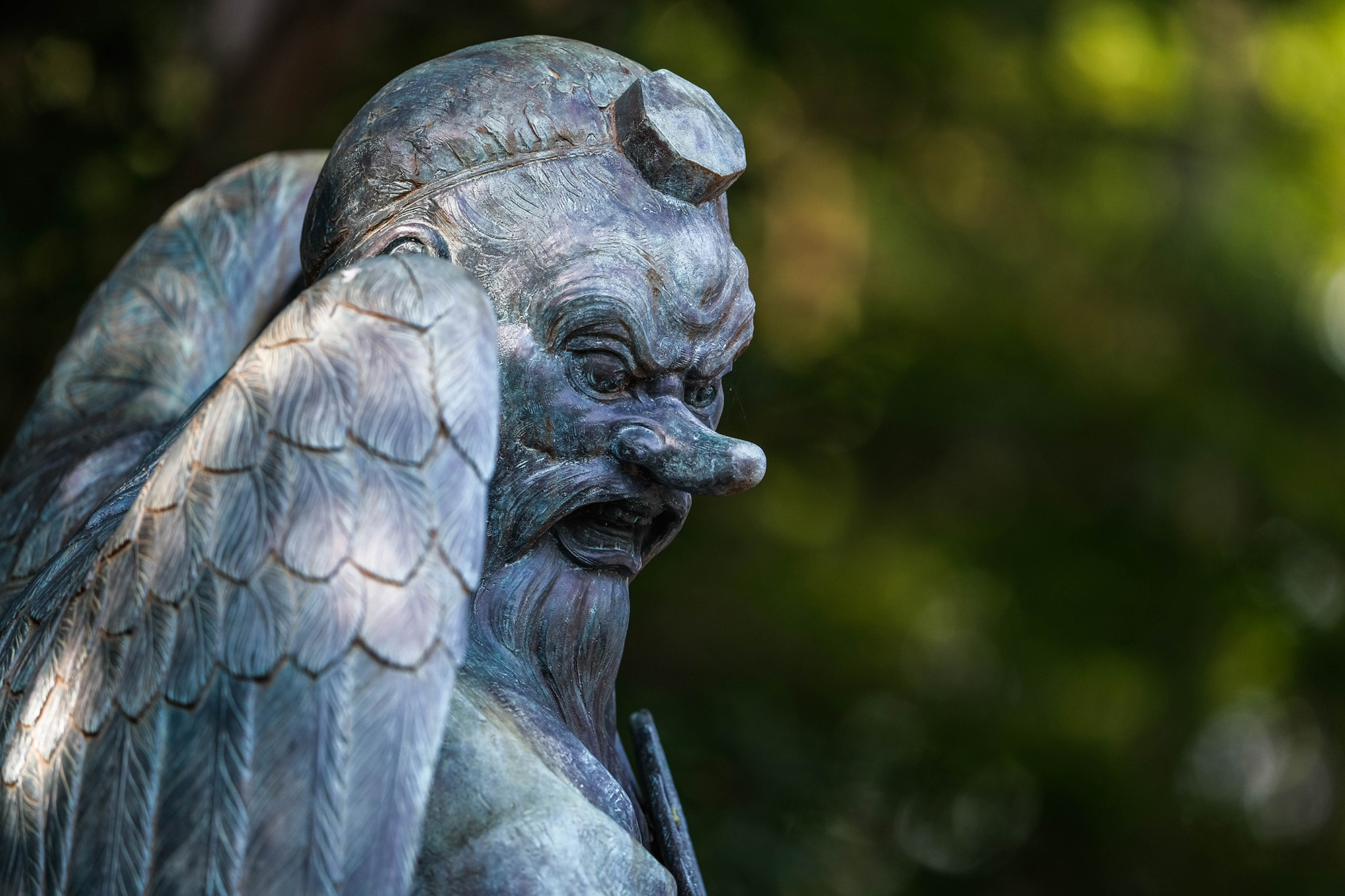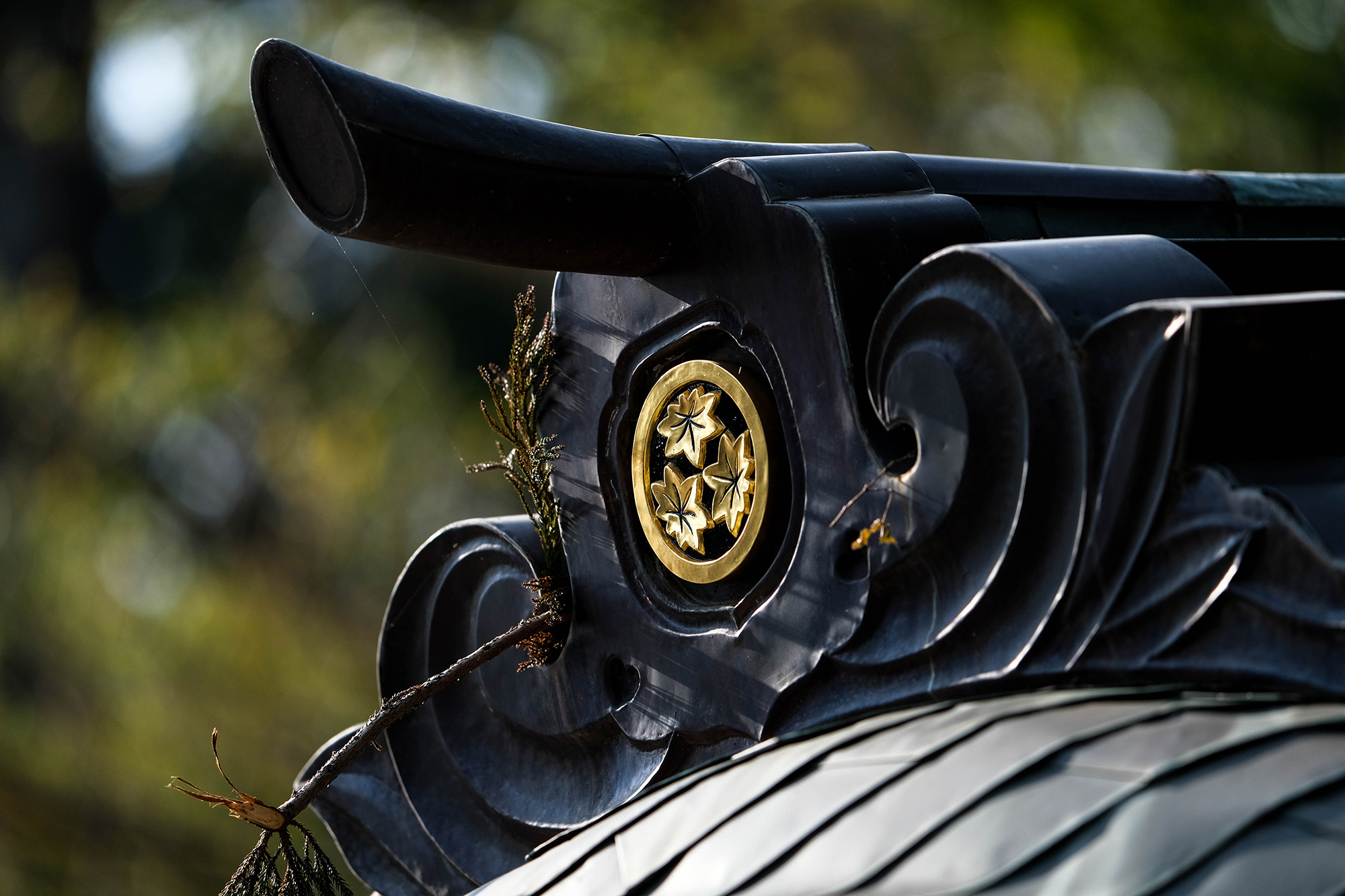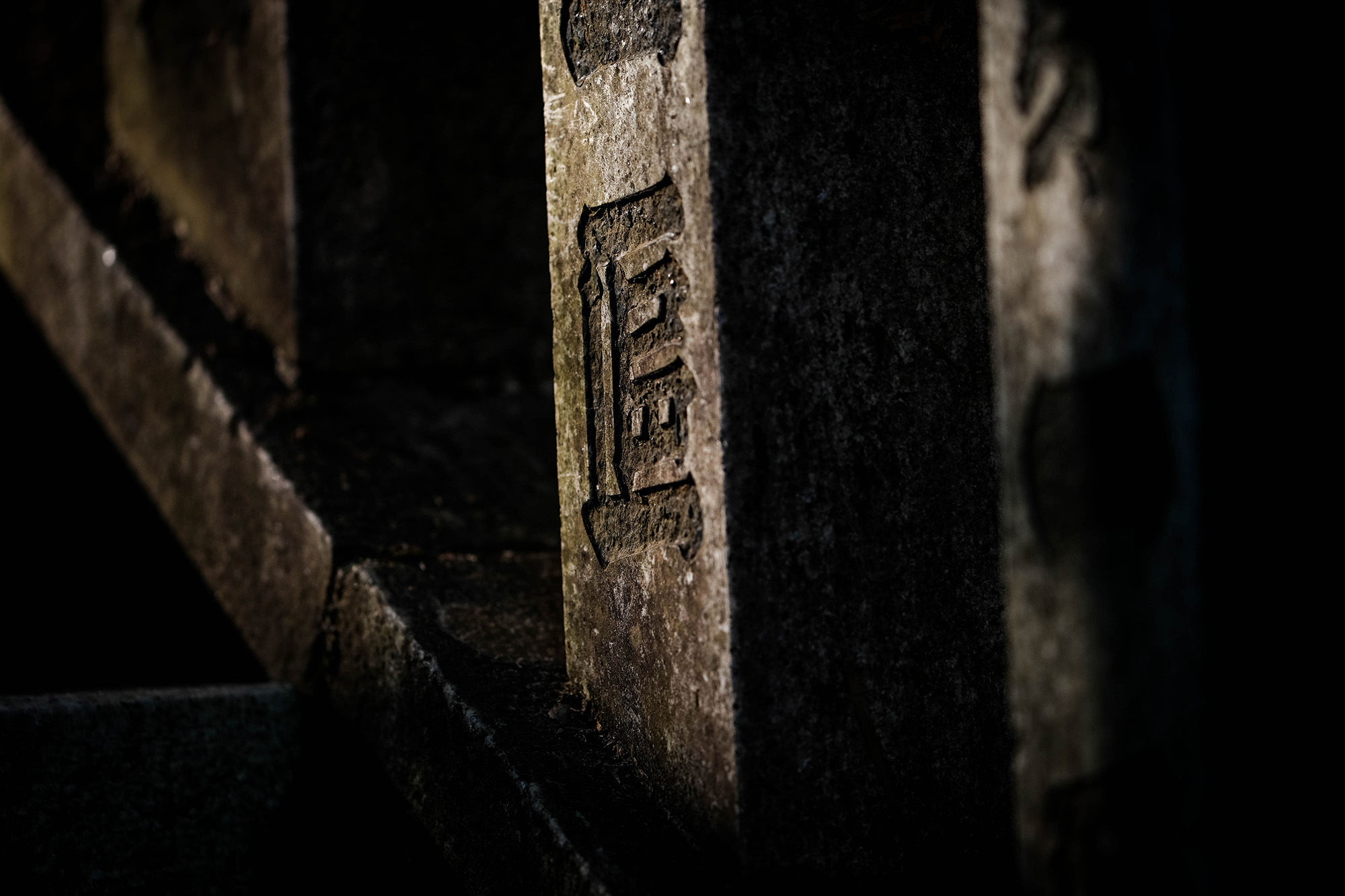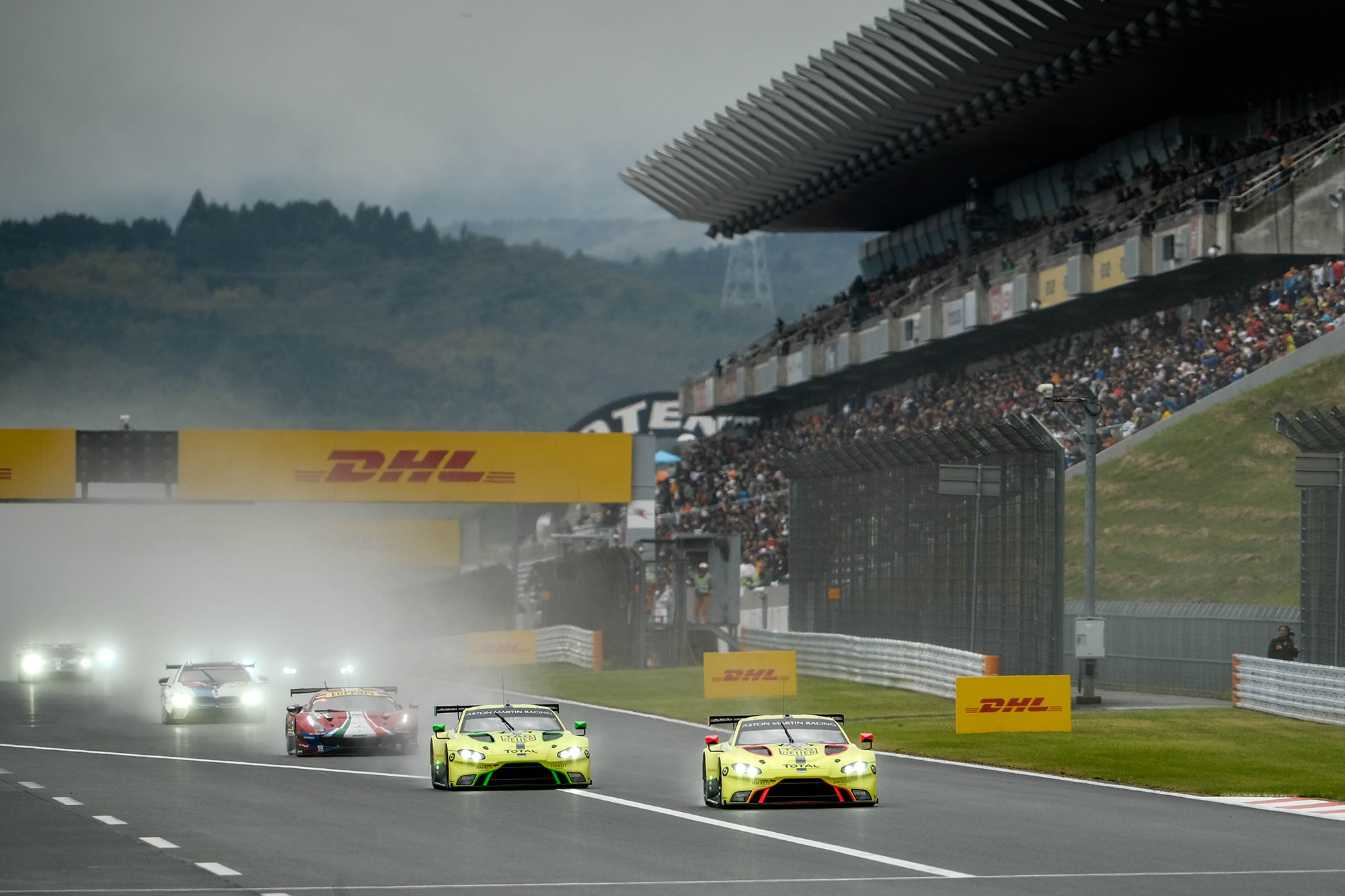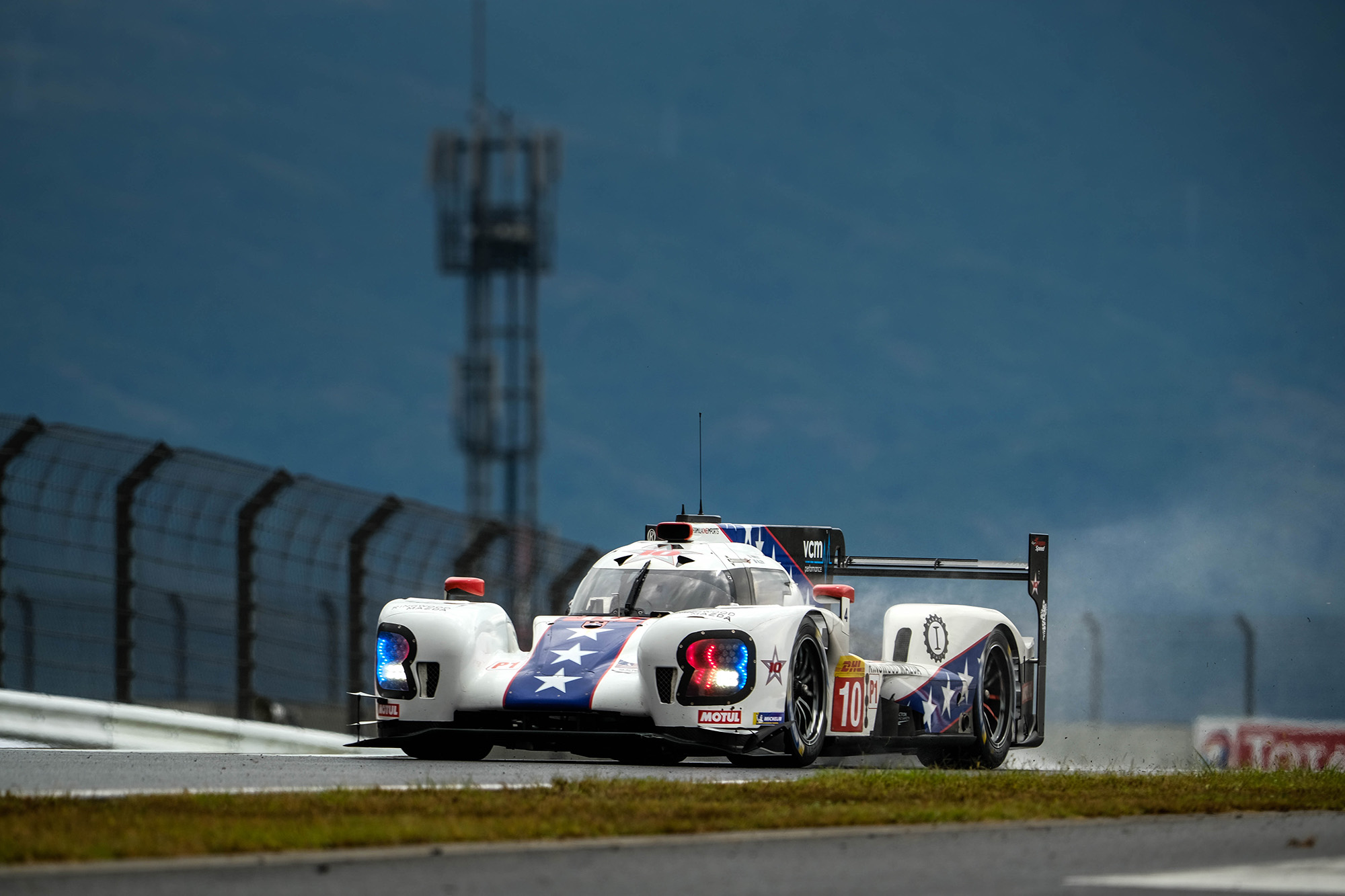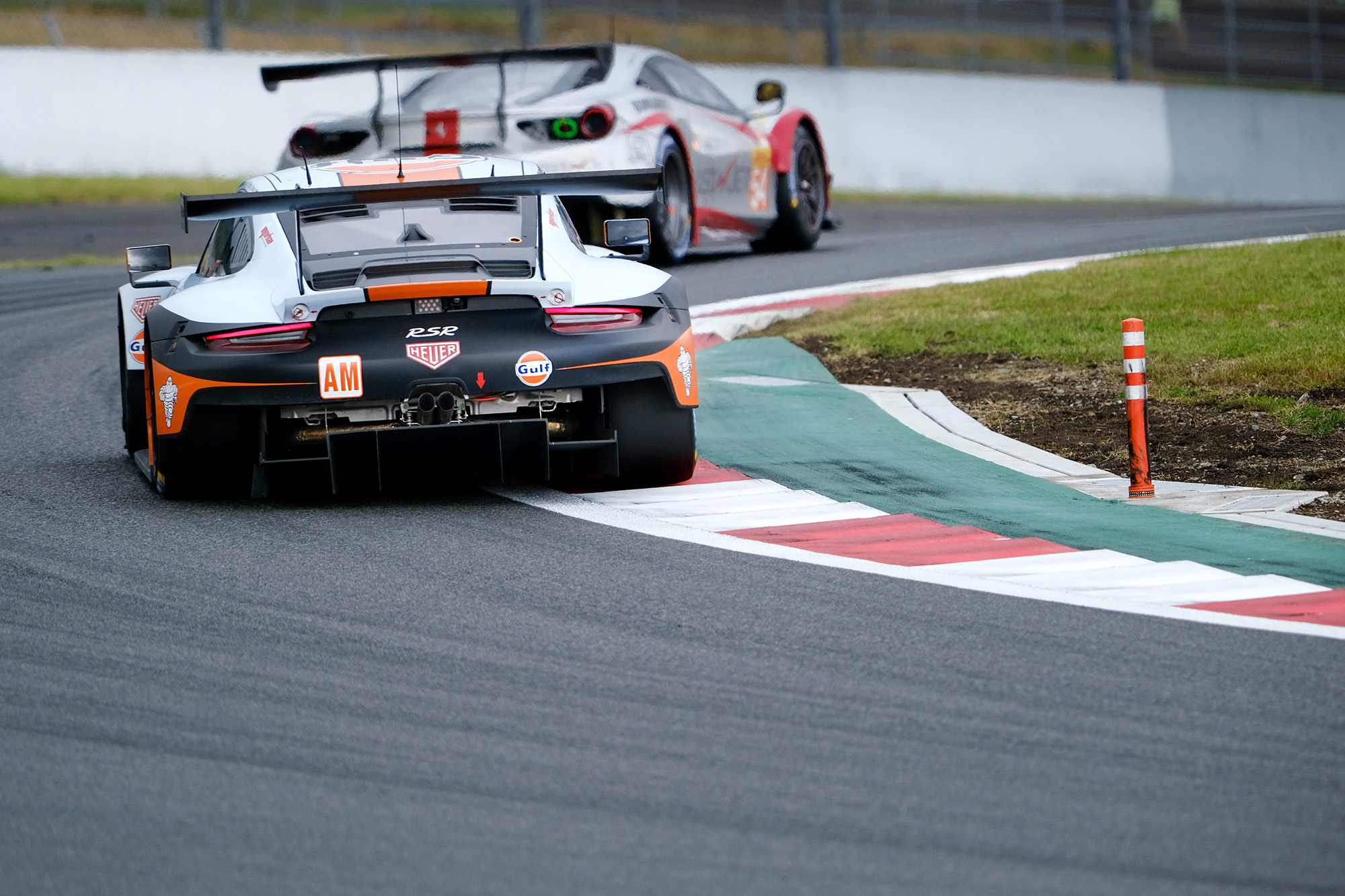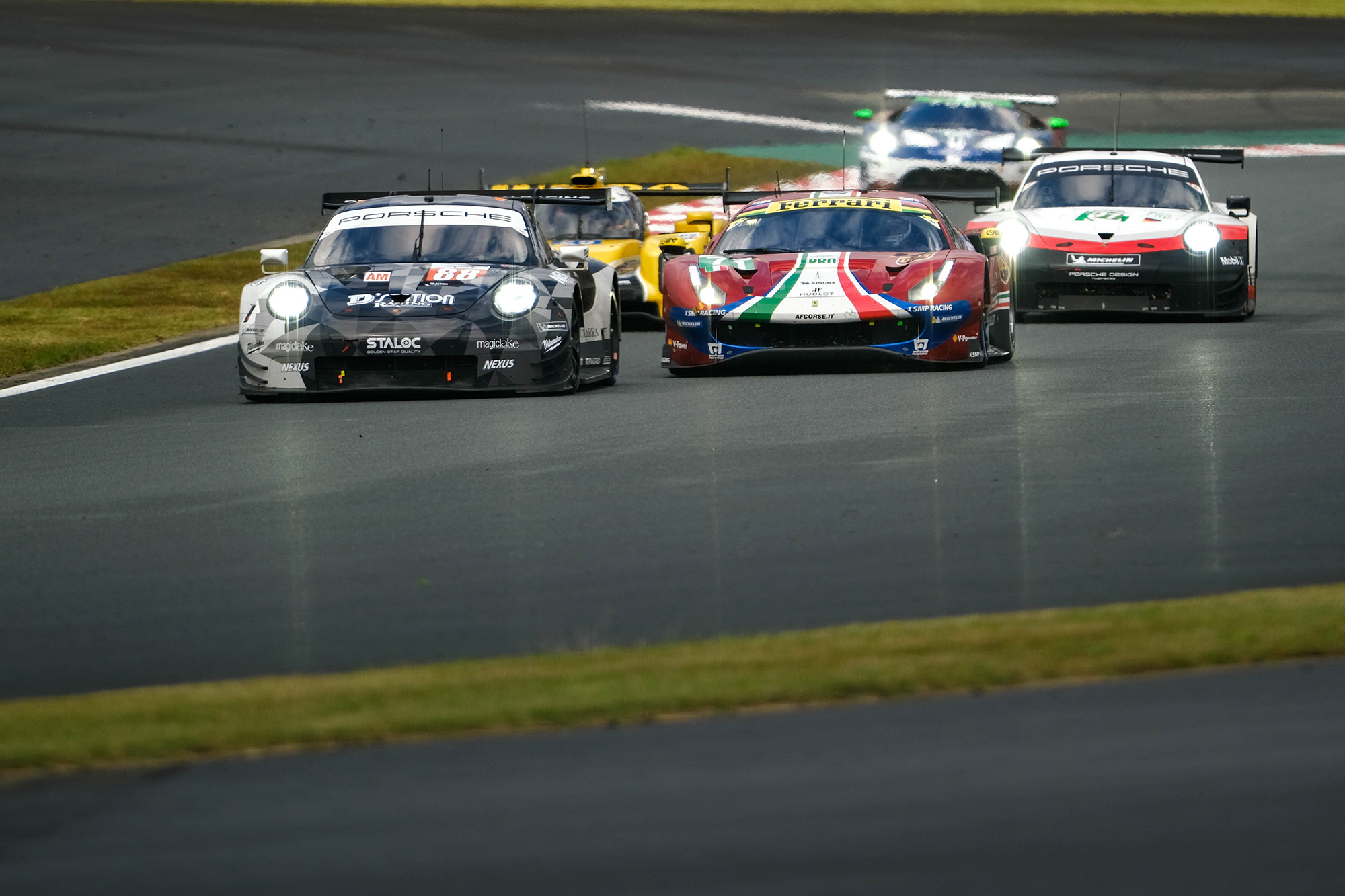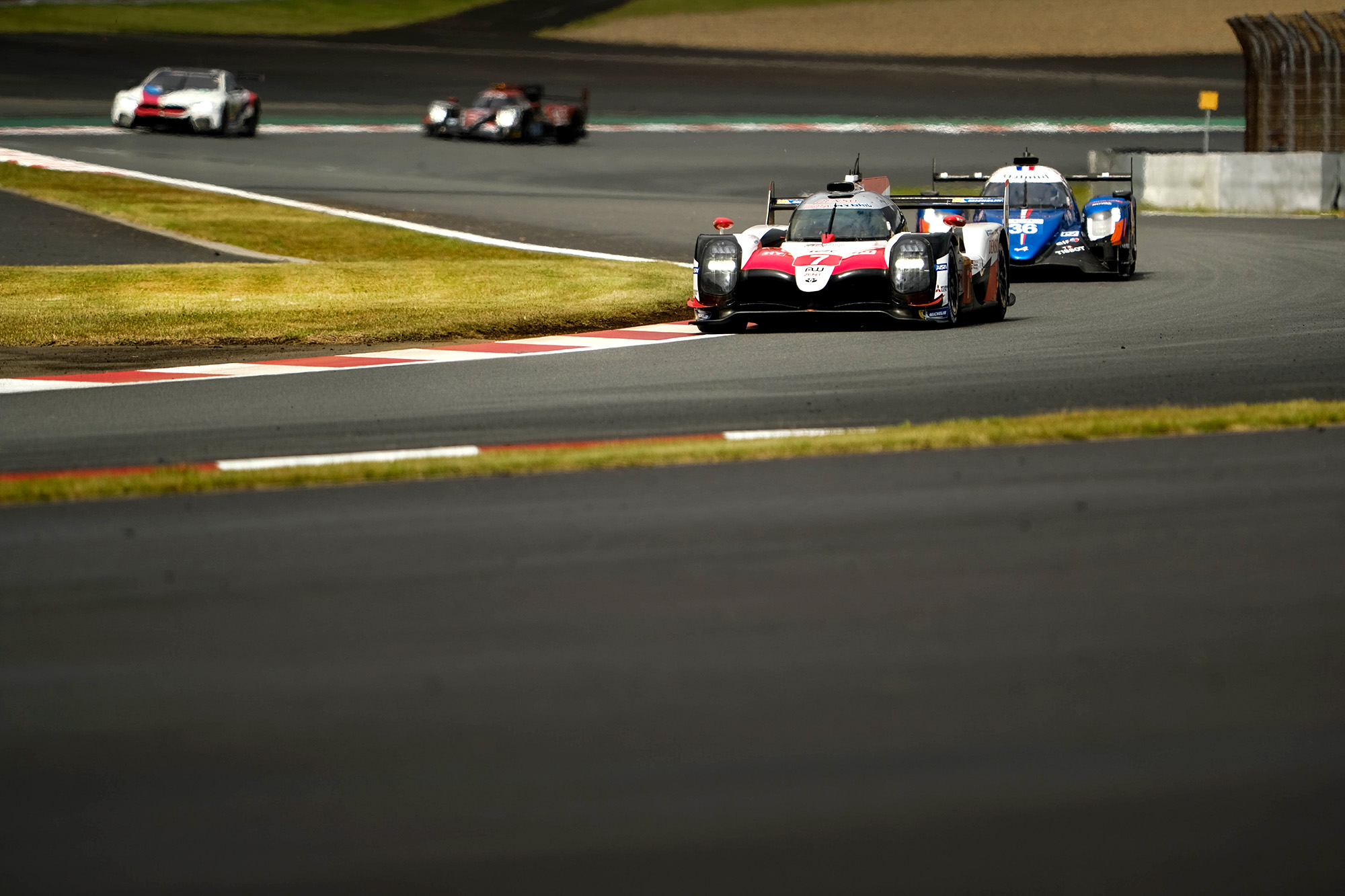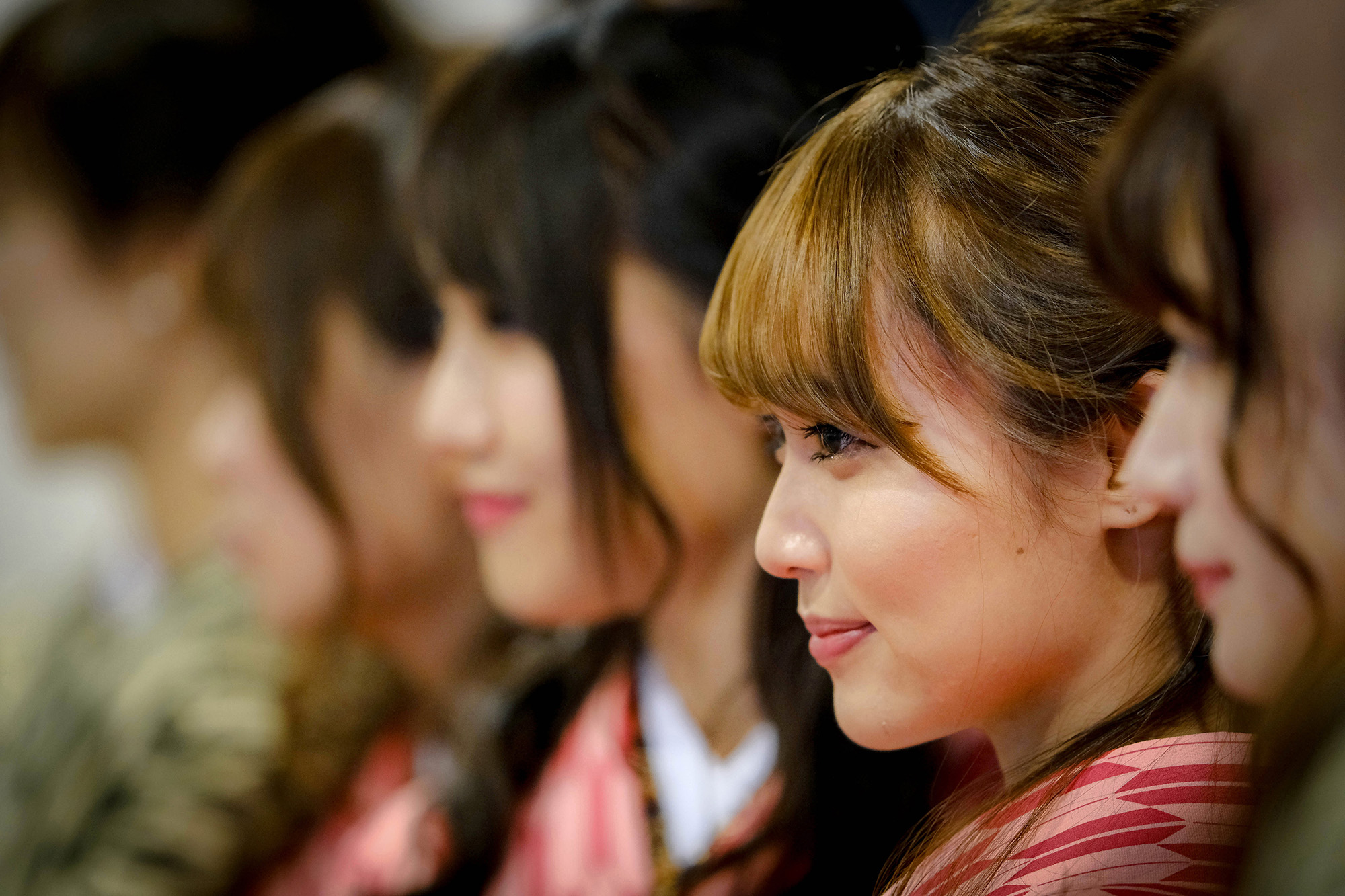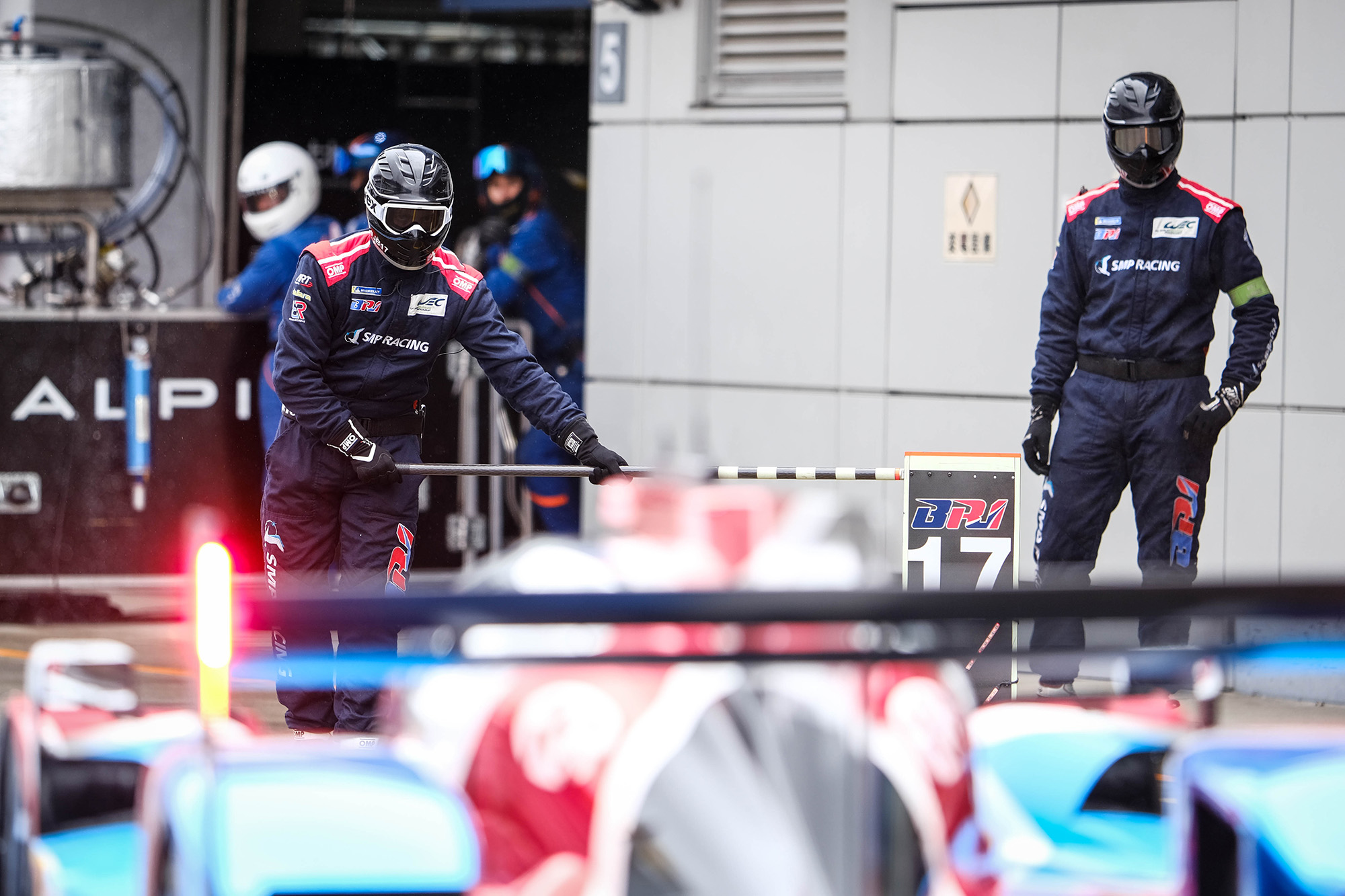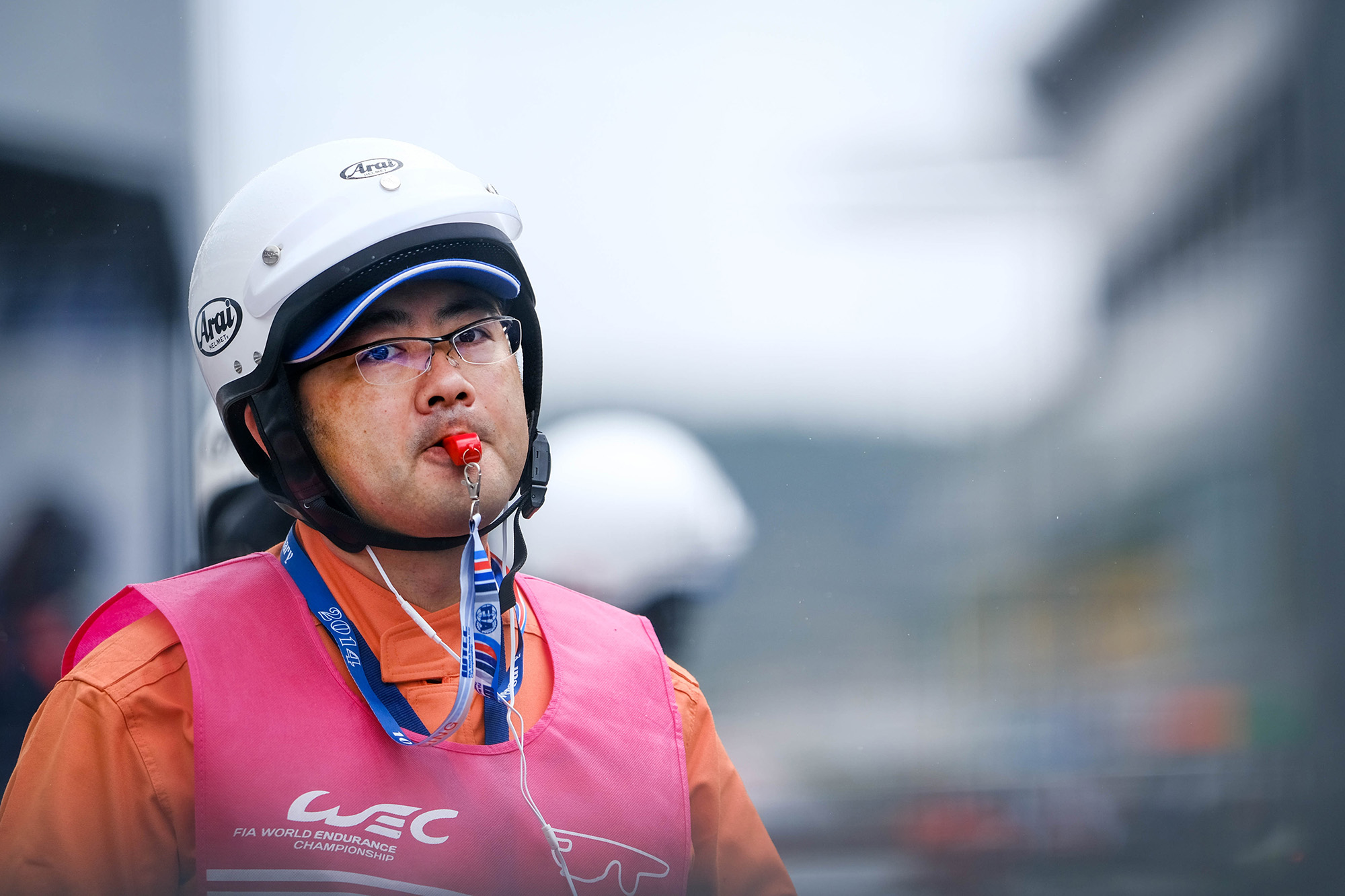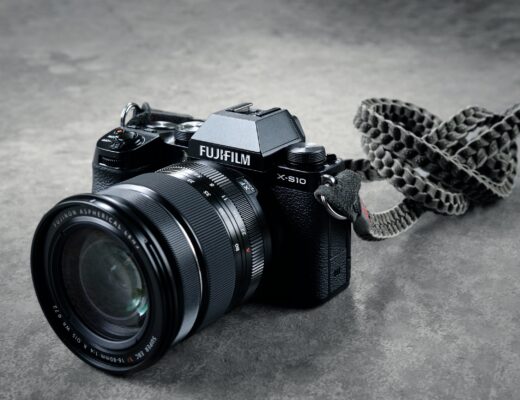It is October and time for my annual trip to Japan to cover the FIA World Endurance Championship event at Fuji Speedway. However, as usual, I went a few days early to travel around this beautiful country and take the opportunity to put the new X-T3 and the XF200mmF2 combination through their paces.
Prior to the launch of the X-T3, I only had one opportunity to test the new camera with the big Fujinon over a couple of days, so when Fujifilm Japan offered me the chance to have a production version of the XF200mmF2 to try on my newly purchased X-T3 during a visit to the temple and monkey park at Mount Takao and also during the WEC event itself, I jumped at the opportunity.
I had tested the X-T3 prior to launch and the new camera offered many advantages in my work as a sports photographer. So, when it was launched I was one of the first in the queue with my credit card at the ready. I did test the camera with the 200mm at Silverstone in August but I really wanted to try the camera and lens away from the race track as well.
Mount Takao
As someone who shoots wildlife in and around my home in Scotland, I was eager to try out the X-T3 and XF200mmF2 on some wildlife so we decided to head up to Mount Takao to see the Japanese Macaques or Snow Monkeys. Now these are captive animals, which I normally shy away from, but with limited time we didn’t have a chance to go out into the mountains trying to photograph wild Macaques.
While I would never try and pass off my images of captive animals as wild, the trick is to try and photograph the subject without any obvious man-made artefacts in the image. The wide f/2 aperture certainly helps to throw the background out of focus and the large 26mp sensor gave me plenty of scope to crop the image in Lightroom or Photoshop in post-production.
There were around 40 animals in the large enclosure ranging from dominant males to very young infants, just a few weeks old.
We spent a little time observing the various groups before starting to take some photographs. The Macaques were very photogenic but there is no snow at this time of year to give us that iconic image of Japan.
I did try the new Face Detection/Eye Detection but the algorithm doesn’t recognise a monkey’s face! At one point a keeper entered the enclosure and the eye detection clicked on straight away so it was working on a human, just not on a monkey.
One of the things I tried was the 2x converter on the 200mmF2. While this combination is not recommended by Fujifilm, the results were excellent and, to be honest, exceeded my expectations.

Mount Takao Monkey Park – Shot taken on X-T3 + XF200mmF2 + 2x Converter – 100% crop on the eyes to show how sharp the image is with the 2x converter fitted
I also used the matched 1.4x converter supplied with the 200mm, which works seamlessly with the large lens. The only difference between using the 200mm with the converter and without is that the aperture drops one stop to f/2.8 from f/2. Otherwise, the quality of the image and the performance of the AF is unaffected. You are truly getting two lenses in one with the XF200mmF2 and 1.4x converter. Add the 2x converter and you have the choice between a 300mmF2, 420mmF2.8 and a 600mmF4 lens.
Moving up the hill from the Monkey Park, we approached the temple. With the sunlight streaming through the forest I was able to use the shallow depth of field offered by the f/2 aperture to capture some different images around the temple grounds.
Fuji Speedway
The next day we started working at Fuji Speedway, which is located in the foothills of Mount Fuji. The FIA World Endurance Championship had visited the iconic circuit each year since 2012, and 2018 was the seventh edition of the 6 Hours of Fuji.
The XF200mmF2 was pretty much glued to my X-T3 for the entire weekend, using it trackside and in the press conferences held over the weekend.
When working trackside, I used the 1.4x and 2x converters to extend the focal length of the lens, which really helped to fill the frame with on track action when needed. By removing the converters I was also able to get more of the surroundings in the frame. While not as convenient as a zoom lens, the 200mm and choice of converters certainly gave me some options to choose from.
One of the new functions I decided to test while working trackside was the 30fps electronic shutter. On the X-T2 I only stick to mechanical shutter due to the strange effects on moving objects that can result from using the ES, but testing it on the X-T3 I found I was unable to tell the difference in Lightroom between the images shot on mechanical and those shot with the electronic shutter.
I need to do further tests on sports such as cricket, rugby and golf where the ES effects are more marked, but my initial findings are very encouraging. Being able to shoot with a silent shutter for sports such as golf and tennis will really be a huge step up.
The autofocus system worked as well as it did at Silverstone, being very quick and accurate in all modes, even with the 2x converter fitted to the 200mm. The quality of the images with the 2x converter fitted continued to exceed my expectations and were all very useable for my clients.
In the press conferences I was able to shoot at a much lower ISO in the artificial light thanks to the wide f/2 aperture. I also used the eye detection system to great effect. The new function worked extremely quickly and efficiently, and the X-T3 is a big step forward compared to the X-T2/X-H1 in this area.
To conclude, the X-T3 and XF200mmF2 (along with the tele converters) is the ideal combination for a sports/wildlife photographer. I have placed my order for the large Fujinon lens and I should have it in my camera bag for the next FIA WEC event in Shanghai in November.


